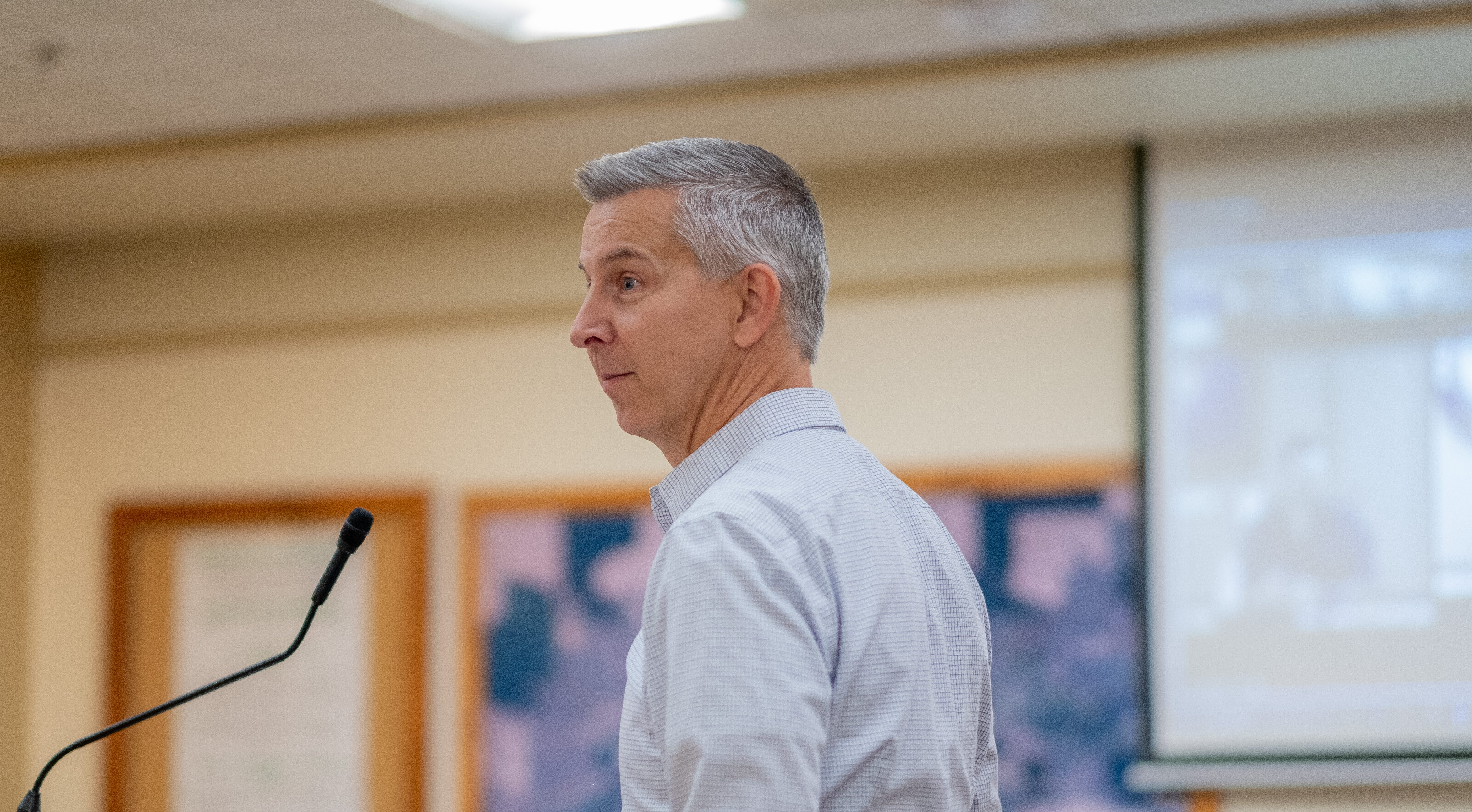Other views: Insolvency is at BMCC’s doorstep
Published 6:00 am Saturday, February 27, 2021

- Puzey
In 1962, when Wallace McCrae was selected as the first president of Blue Mountain Community College, John F. Kennedy was president of the United States. Fertility rates were high and baby boomers were graduating from high school. Trade schools and community colleges were part of a bright future for a growing population.
Federal, state and local funding sources were available to build facilities, design course curriculum and fully staff hundreds of such institutions across the nation. Almost anything imaginable was possible.
Trending
McCrae presided over a dozen years of exciting growth.
Ron Daniels was the next president and served for 23 years. Near the end of his tenure, he invited me to fill a vacancy on the Budget Committee, which led to an appointment to the Board of Trustees where I have had the privilege of serving for nearly 25 years. During that time I have worked with the following presidents and interim presidents, each of whom brought their own management style and unique skills set as the chief executive officer: Nicki Harrington, Travis Kirkland, Paul McCarrell, John Turner, Cam Preus, Connie Green, Dennis Bailey-Fougnier and John Fields.
Shortly after the myriad nationwide technical schools and community colleges were established, federal funds were directed elsewhere, assuming each institution would be self sustaining through prudent financial management. Ron Daniels was a fiscal conservative and left a substantial financial reserve when he retired. The college was growing, bond measures were passed and enrollment increased.
In 1994, Oregonians voted in favor of Measures 11 and 17, which required mandatory sentencing for certain crimes and work for the incarcerated. The impact of these measures resulted in approximately $1 billion in the construction of correctional institutions and the diversion of state funding to the maintenance and operations of those facilities. The measures increased the mandatory portion and decreased the discretionary portion of the state budget, which is the portion from which community colleges are funded. K-12 and higher education are in the mandatory portion of the budget.
Measures 5, 47 and 50 placed limits on property taxes, which had been the primary resource for funding community colleges. This left community colleges in a position to lobby the Legislature for a larger portion of discretionary funds or, alternately, increasing tuition and fees.
By the time these measures were in place and had begun to create unanticipated tension between resources and requirements, costs across the board had increased and fertility rates had fallen from a high of 3.58 in 1960 to approximately 2.0 in the mid-1990s, meaning there would be fewer prospective students in the years to come.
Trending
Between 1998 and 2011, believing that “if we build it they will come,” the public continued to vote for more bond measures to expand and improve existing facilities and establish satellite campuses in Hermiston, Milton-Freewater, Boardman and Baker City.
Each new facility came with operations and maintenance costs that were intended to be absorbed by increased enrollments. Instructional and administrative costs continued to increase as the aforementioned fiscal reserve was gradually diminished. For more than a decade the general trend has been increased costs and decreased enrollment.
Faculty, administrators, presidents and trustees have planned and hoped and worked toward reversing these intractable trends, to little avail. President after president after president has continued to face what seems to have become inevitable.
From my perspective of almost 25 years of associating with the governance of this institution, I believe insolvency is at the doorstep of Blue Mountain Community College unless we reinvent a floundering system.
Do you have a point you’d like to make or an issue you feel strongly about? Submit a letter to the editor or a guest column.









